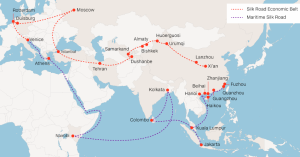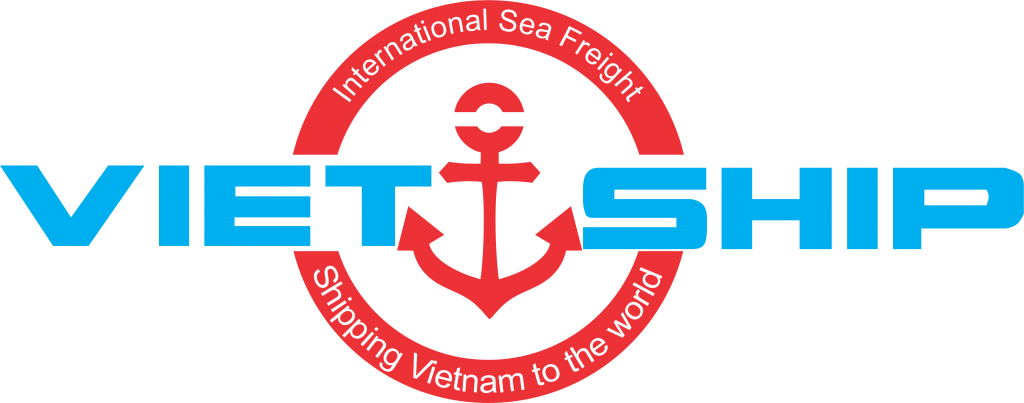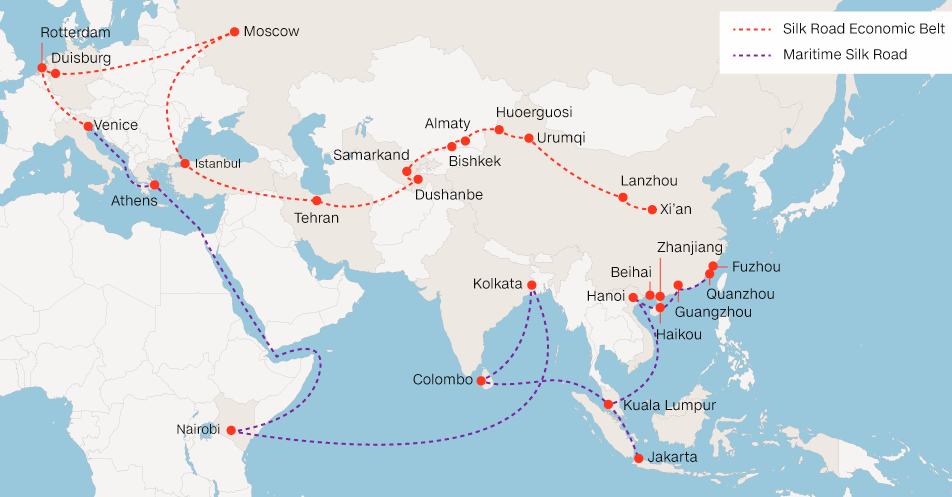Key Considerations for Vietnam as China Expands the Maritime Silk Road
Introduction
As China rapidly expands its Maritime Silk Road, Vietnam finds itself at a crossroads of opportunity and challenge. This strategic initiative redefines regional logistics, trade routes, and infrastructure development—and Vietnam’s response now could shape its economic trajectory in the years ahead.

Strategic Location: A Natural Advantage
Vietnam occupies a vital position in the Indo-Pacific maritime arena, sitting astride key shipping lanes and adjacent to the bustling South China Sea corridor. This locational advantage places Vietnamese ports and logistics networks at the heart of international sea trade—an asset that, if leveraged wisely, could significantly elevate Vietnam’s role in global supply chains.
Opportunities in Connectivity and Logistics
China’s establishment of over a hundred new sea routes presents a major opportunity for Vietnam to deepen its connections to markets in Europe, Africa, and emerging economies. Tapping into these routes can enhance Vietnam’s export channels, enable more seamless integration into global supply chains, and boost its capacity in services like transshipment, warehousing, and value-added logistics.
The push toward digitalization and green logistics under the Maritime Silk Road framework provides an additional advantage. Vietnam can learn from innovations in advanced logistics—such as smart port systems, automation, and sustainability practices—to enhance competitiveness and usher in a new era of efficiency.
Facing Competitive Pressure
However, the rapid investment in sea port infrastructure by China inevitably brings competitive pressure. Major Chinese ports—such as Xiamen—may become dominant regional hubs, potentially siphoning cargo volumes that would otherwise flow through Vietnamese ports.
Moreover, increasing reliance on Chinese-controlled shipping infrastructure and equipment creates risks for Vietnam’s autonomy. Dependence on Chinese vessels, containers, and trade routes could limit Vietnam’s flexibility in navigating global logistics and supply chain dynamics.
Strategic Actions for Vietnam
To turn potential threats into strategic benefits, Vietnam must pursue a multi-pronged approach:
-
Upgrade Port Infrastructure
Investments must focus on expanding port capacity and modernizing infrastructure. This ensures that Vietnamese ports remain attractive alternatives and can handle high-volume, high-efficiency operations. -
Advance Intelligent Logistics
Embracing digital logistics solutions—such as AI-enhanced operations, IoT-connected supply chains, and data-driven routing—will help Vietnam match and even surpass the innovation strides being made along the Maritime Silk Road. -
Deepen Global Maritime Integration
Vietnam should actively integrate with regional maritime networks, optimizing partnerships and aligning operations with emerging trade corridors. -
Diversify Strategic Partnerships
To avoid over-dependence on Chinese maritime influence, Vietnam should strengthen logistics ties with other partners including ASEAN neighbors, India, Japan, Europe, and the U.S. This approach enhances resilience and broadens strategic options.
Sector-Level Benefits
Logistics, manufacturing, and trade sectors stand to gain significantly from proactive adaptation. For logistics providers, enhanced connectivity opens doors to expanded service offerings—from cold storage to multimodal freight forwarding. Vietnamese manufacturers can enjoy improved export access, lower transport costs, and streamlined delivery to new markets. Ultimately, these upgrades foster a more robust, responsive logistics environment attuned to dynamic global trends.
Bold Steps for a Resilient Future
In a world where logistical prowess equates to economic strength, Vietnam must choose not just to participate—but to lead. This means:
-
Harnessing digital and green technologies to future-proof logistics operations.
-
Investing in port and hinterland infrastructure to sustain capacity growth.
-
Cultivating strategic multi-directional partnerships, avoiding over-reliance on any single partner.
-
Strengthening regional and international integration through proactive trade and logistics agreements.
By doing so, Vietnam can transform evolving challenges into opportunities—asserting itself as a logistics and trade powerhouse in Southeast Asia.
Conclusion
China’s Maritime Silk Road marks a seismic shift in the global logistics landscape. For Vietnam, the moment demands foresight, agility, and bold investment. Upgrading infrastructure, embracing tech-driven logistics, and diversifying strategic collaboration are essential to unlocking new opportunities and securing Vietnam’s position in an increasingly interconnected world. With purposeful planning today, Vietnam can ensure that its ports and logistics networks celebrate the pathway of progress rather than compete with it.
Read more:
Thủ tục nhập khẩu điều hòa từ Hong Kong về Việt Nam
Dịch vụ chuyển phát nhanh từ Việt Nam đi Hà Lan

